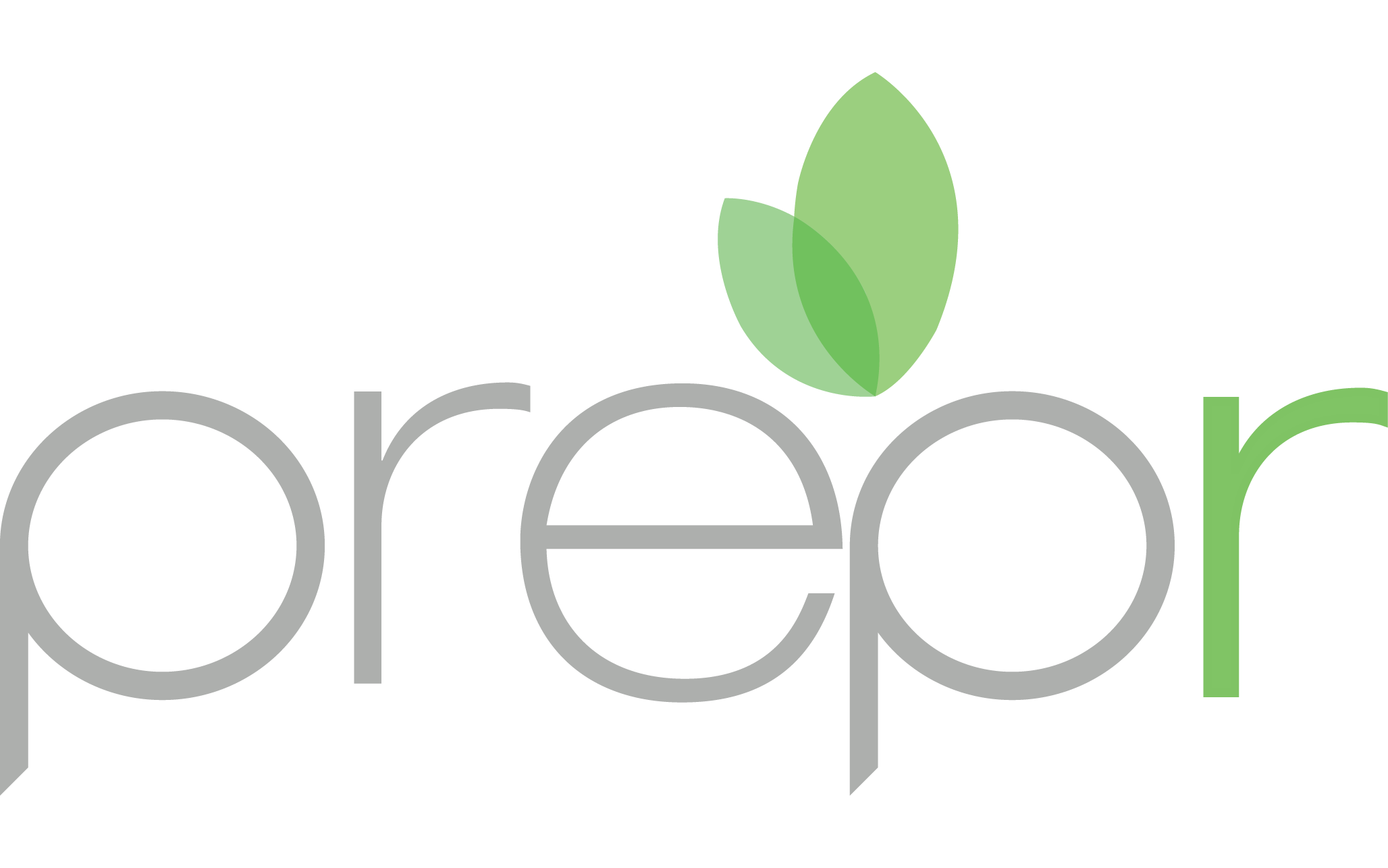
14 May Guest Post: The One World School House (Part 2) – Salman Khan
This post was written by Joyce Wycoff, the author of several books on innovation and creativity. She also blogs about school innovation at Reimagine School.
Sal Khan turned the world of education upside down when he created Khan Academy with a mission to “Provide a free, world-class education for anyone, anywhere.” (For the backstory, see the previous post.) Here is his TED talk to give you a better idea of what he’s done and where Khan Academy is going.
One of his first opportunities to test his software and programs came with a program known as Peninsula Bridge with its mandate to provide educational opportunity to motivated middle-school kids from underresourced schools and neighborhoods. The program uses the facilities of a number of Bay area’s most prestigious private schools to host invited students, tuition-free for a summer session.
Peninsula Bridge used Khan Academy video lessons and software at three of its campuses the first year in addition to, not in place of, a traditional math curriculum. Knowing these students had math gaps but not knowing where the gaps were, two of the three teachers in the program decided to start the math curriculum at the beginning with Basic Arithmetic (the “counting avocados” video shown in the previous post) even though the students were in the sixth to eighth grades. In what Khan calls “swiss cheese gaps,” the program quickly revealed gaps in basic subtraction, multiplication, fractions and division.
Even though the other group started at the fifth grade level and were expected to be at more advanced concepts by the end of the six-week period, it turned out that the group that started at square one gained mastery at each step and quickly passed the group that seemed to have the early advantage. The conclusion was that all students needed some degree of remediation. During this program, Khan Academy developed software that identified when students were “stuck” and needed one-on-one interaction.
Khan tells a story of a seventh-grade girl who was among the least advanced of the students at the beginning of the summer, and during the first half of the session, her progress was among the slowest. She was “stuck.” Then something happened that neither Khan nor her teacher could explain: something clicked. After that she progressed faster than the rest of the class and wound up as the second most advanced of all the students and showed a genuine gift for math.
Khan’s thinking doesn’t end at free video tutoring and this book is rich in ideas and thoughts about how we can reimagine education. Here are some of the other things he believes belong in the One World School House:
Follow natural attention span patterns: Studies show that students have a natural 10-18 minute window of focused attention after a brief settling down period. That is the highest period of learning retention.
Focus on content: Khan Academy videos focus on a blackboard and information being created by an unseen person. Humans are hardwired to focus on faces which can interfere with focusing on the content. While interaction with teachers is important, it should be separate from the first exposure to content.
Mastery learning: the progression of learning should move at the pace of the student’s mastery. Proceeding with new concepts before the old ones are mastered creates gaps that will cause learning to stall and lead to eventual failure. Numerous studies have confirmed the effectiveness of mastery learning. Tests that allow students to advance to new concepts upon receiving a passing grade of 70% (or less) only insures eventual failure.
Knowledge is continuous: No concept is sealed off from other concepts. Ideas flow and new concepts need to be connected to previously learned concepts.
Active learning: Students need to be involved in active learning. As Khan states, “They shouldn’t just take things in; they should figure things out.” Khan highly recommends apprenticeship or internship as a method of active learning.
Flipping homework: How much homework is the wrong question … a better question is “why?” One large survey from the University of Michigan found that school success is more correlated to frequency and duration of family meals than time spent on homework. Khan suggests that homework and class time be flipped. Concepts would be introduced at home through videos or other independent, on-demand learning modes and then explored and applied during class time.
Larger class sizes: Khan suggests grouping classes together with multiple teachers. For example: a classroom of 75-100 students would have three or four teachers to create a much more flexible and collaborative learning environment, supported with integrated technology where students could spend chunks of time in self-paced, independent learning and teachers could collaboratively team in a way that utilized their strengths and gave them time for planning and development. Khan states, “I believe a multiple-teacher system would go a long way toward solving the very serious problem of teacher burnout.”
Mixed age grouping: Age grouping students seems fundamental but actually didn’t become the norm until after the Industrial Revolution. This simple decision led to the development of arbitrary and fractionated curricula with expectations moving in lockstep regardless of individual student readiness or interest. Khan recommends remixing ages so that older students are teaching what they’ve learned and becoming leaders in the process while younger students are emulating their “heroes.” It’s a remodeled version of the one room school house, a process now being experimented with by Marlborough School, an all-girls prep school in Los Angeles.
Redefine Summer: Summer is a magical time for fun and play, however, it is also a time when learning begins to unwind and disappear for a large part of the student population who do not have the opportunities to participate in nourishing and memorable activities that keep learning alive and deepen it.
Student evaluation: Grades are neither objective nor meaningful appraisals of a student’s potential for learning. Khan states, “I would propose, as the centerpieces of student appraisal, two things: a running, multiyear narrative not only of what a student has learned but how she learned it; and a portfolio of a student’s creative work.” He also proposes a series of “micro credentials,” … rigorous, internationally recognized assessments that measure understanding and proficiency in various fields. These could be taken at any age, regardless of where or how the understanding was gained.
Internships: At Canada’s University of Waterloo, engineering students typically experience six internships totaling twenty-four months as part of their undergraduate studies. Waterloo interns are in high demand and graduates successfully compete with graduates of the best American universities.
